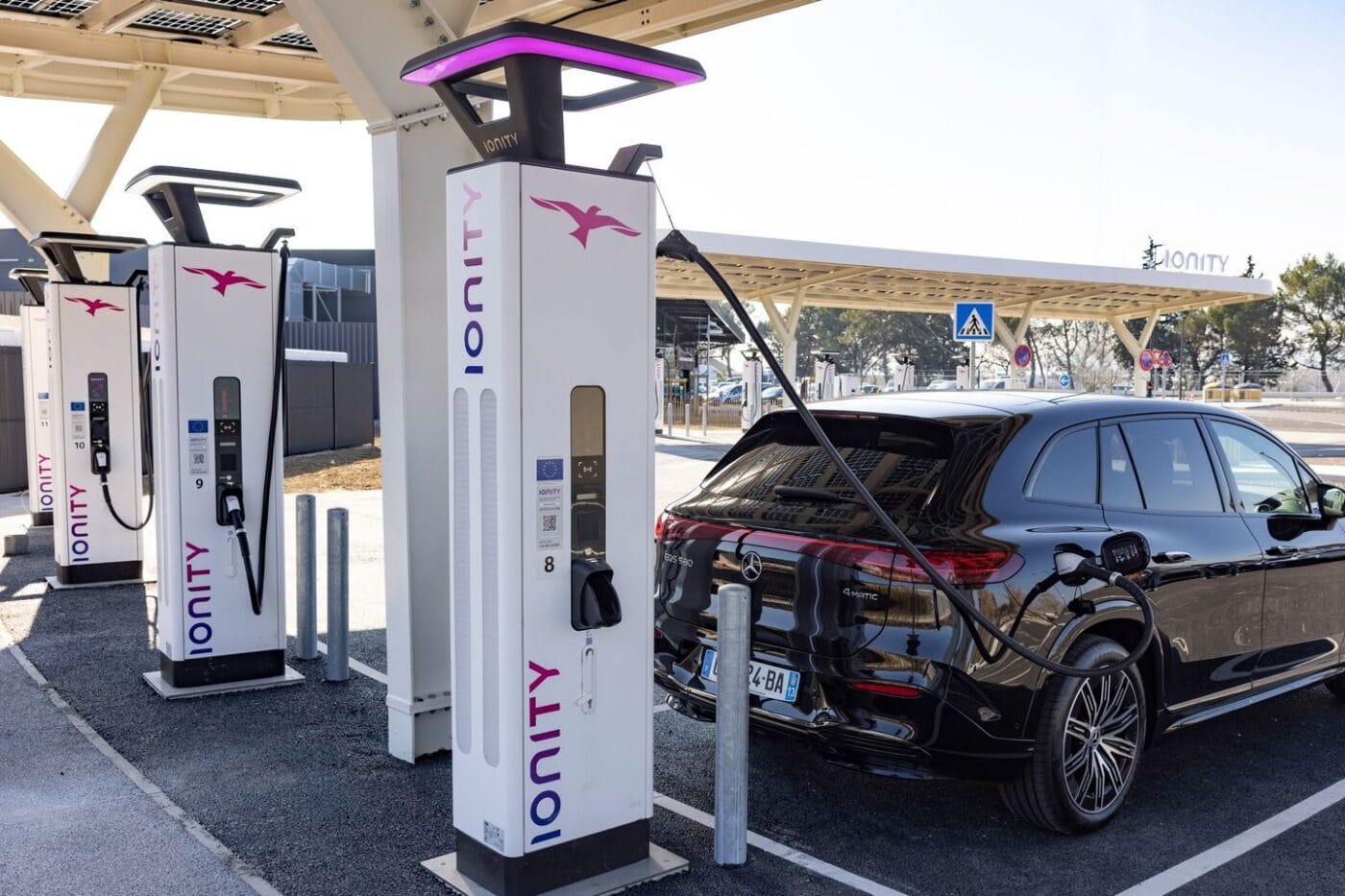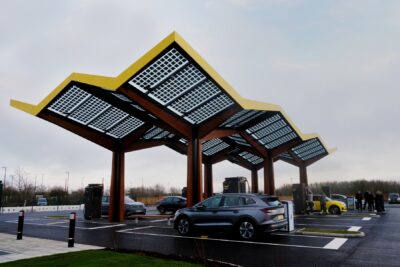Ionity secures €600m to expand charging infrastructure
Currently, Ionity operates around 5000 charging points across Europe, but now hopes to more than double this to around 13,000 in total thanks to the new funding. Additionally, it states it is set to grow its network to more than 1,300 charging hubs by the end of 2030.
With Ionity chargers supporting 800V vehicle architecture at every charge point, and providing up to 400kW of power from each charging tower, it would mark a significant increase in fast charging availability across the continent. This is especially given Ionity’s role in the Spark Alliance, which means its charging locations will be accessible to a wide variety of customers through a single app. The firm also hopes to further integrate the Alpitronic HYC1000 megawatt charging system, capable of delivering up to 600 kW in the Ionity network, and build partnerships with retail brands around its locations.. Given the amount of capital required upfront to fund Ionity’s HPC charging parks though, it’s likely that the majority of the cash will go towards these.
The finance Ionity is receiving is comprised of €450m Euros in committed green loan facilities, as well as an additional ‘accordion facility’ which gives the company the option of increasing its credit line by up to €150m further down the road. It’s certainly an enormous investment, and follows the company’s major €700m equity round back in 2021. The banks backing the financing include ABN AMRO Bank, BNP Paribas, Crédit Agricole Corporate and Investment Bank, ING Bank, KfW IPEX-Bank, LandesBank Baden-Württemberg, and others.
In a recent interview with electrive, Ionity CEO Jeroen van Tilburg explained the business’ strategy for the future, including a shift from motorways towards city outskirts – which may give some indication of where this funding will target. Speaking to electrive, van Tilburg said: “With this strategy, we’re targeting two distinct user groups. One is private drivers who don’t have access to home charging, meaning those relying primarily on public on-street AC charging infrastructure. With our urban sites, we give this audience the opportunity to charge their EV once a week during their shopping activities, for example. We need to find locations that make charging convenient for those drivers.”
He continued: “The other user group includes professional drivers — such as taxi and delivery services — who can make a significant contribution to cleaner cities. So with a good location on the ring road, we can give taxi drivers the confidence to switch to EVs – where they can quickly top up for ten minutes or so
between customers.”





1 Comment